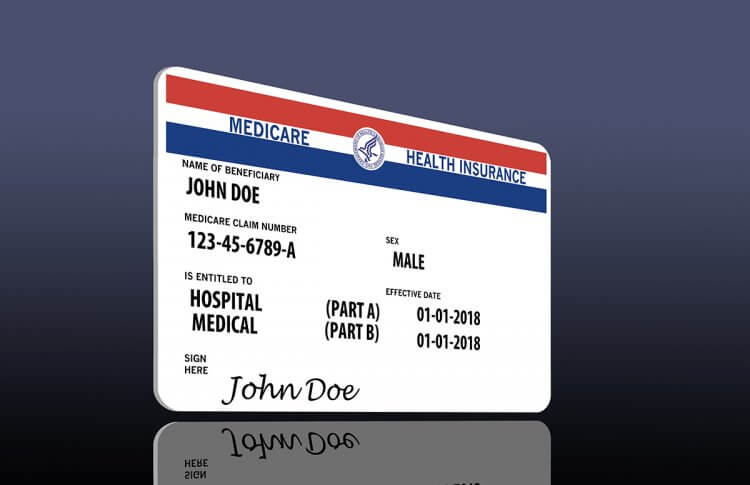It seems like Medicare is constantly changing and 2022 is no different. Below we describe what changes to expect with premiums, costs, deductibles and more.
Related ads
Individuals aged 65 and above need access to affordable healthcare and services. Whether you’re a Medicare beneficiary or planning to enroll in Medicare program, it’s crucial to stay on top of current costs, benefits and availability. This way, you can choose a plan that meets all your needs.
2022 ushers in new ways for people to pay for their Medicare plans. Expect premiums and deductibles to cost more than last year. Also, new Medicare enrollees will not access some older plans.
Read on for more information about recent changes to Medicare in 2022.
2022 Medicare Part A Changes
Medicare Part A pays for nursing homes, hospitalization, and other healthcare costs. These costs are often prepaid for seniors during their working days, meaning they don’t have to pay for them. Nevertheless, we have bad news for those paying premiums for Medicare Part A.
In 2022, premium costs have slightly increased. Now people who worked 30 to 39 quarters of their life need to part with $259 every month, a rise by $7 every month from 2020. If you worked less than 30 years have to pay $471 every month, an upward of $13 from 2020.
Deductible for Part A has also gone up in 2022. Normally, deductible pays for a patient’s admission in a hospital or care facility for 60 consecutive days. In 2022, the deductible for 60 days costs $1,484, an upward of $76 from 2020.
If you stay for more than 60 days in a hospital or care facility, you risk paying a coinsurance cost. Medicare Part A will charge you a coinsurance of $371 daily for 61 to 90 days. Past 90 days, that rate increases to $742 for each day.
Besides that, Part A pays for a benefit period, which lasts 20 days in a skilled nursing facility. Beyond 20 days, a coinsurance cost of $185.50 per day applies, a $9.50 increase from 2020.
If you’re out of the nursing home care or hospital for 60 consecutive days, deductible and coinsurance don’t apply.
2022 Medicare Part B Changes
Medicare Part B pays for doctor consultations charges, outpatient services, medical supplies, and other medications.
Due to the rise in the cost of medication administered by doctors, premiums and deductible costs for Medicare Part B have gone up by 7% in 2022.
In 2022, people who make less than $88, 000 annually or couples who take home less than $176,000 will pay a base cost of $148.50 per month for a premium plan, a $3.90 increase from 2020.
Medicare Part B deductible has gone up by $5 from 2020 to $203 in 2022.
2022 Medicare Part D Changes
Medicare Part D covers prescriptions medication. The cost of the Medicare Part D plan varies based on provider, and the premium cost gets adjusted based on the beneficiary income.
Deductible for Medicare Part D in 2022 is $445, but this can vary based on the plan an individual selects. Also, in 2022, beneficiaries have to cover 25% of their medication costs until they reach the annual out-of-pocket threshold of $6,550.
Once you’ve reached the out-of-pocket threshold, your catastrophic coverage will kick in, and you might copay about $3.70 for generic drugs and $9.20 for brand name medication. Alternatively, you may pay a 5% coinsurance fee.
2022 Medicare Supplement Changes
Also known as Medigap, Medicare Supplement pays for a part of your Medicare cost. Medigap offsets the amount of money beneficiaries of Medicare have to pay for premiums and deductibles. Because private companies sell these plans, the rates might vary.
For 2022 Plan G, Medicare pays its share of the costs. Beneficiaries then have to pay out-of-pocket until a maximum deductible of $2,370. From there, the Plan pays the remaining costs.
Additional Changes in 2022
In 2022, Medicare will revise income brackets. Income brackets got introduced in 2017 and were set at a threshold of $85,000 for singles and $170,000 for married individuals. Due to inflation in 2022, the threshold has reached $88,000 and $176,000 for singles and couples, respectively.
Related ads
Conclusion
Every year, healthcare costs rise, and to make up for these costs, Medicare premiums and deductibles increase. The changes in Medicare cost might seem negligible at first. But in the long run, they add to thousands of dollars. This spells bad luck for Medicare recipients on a fixed income.

